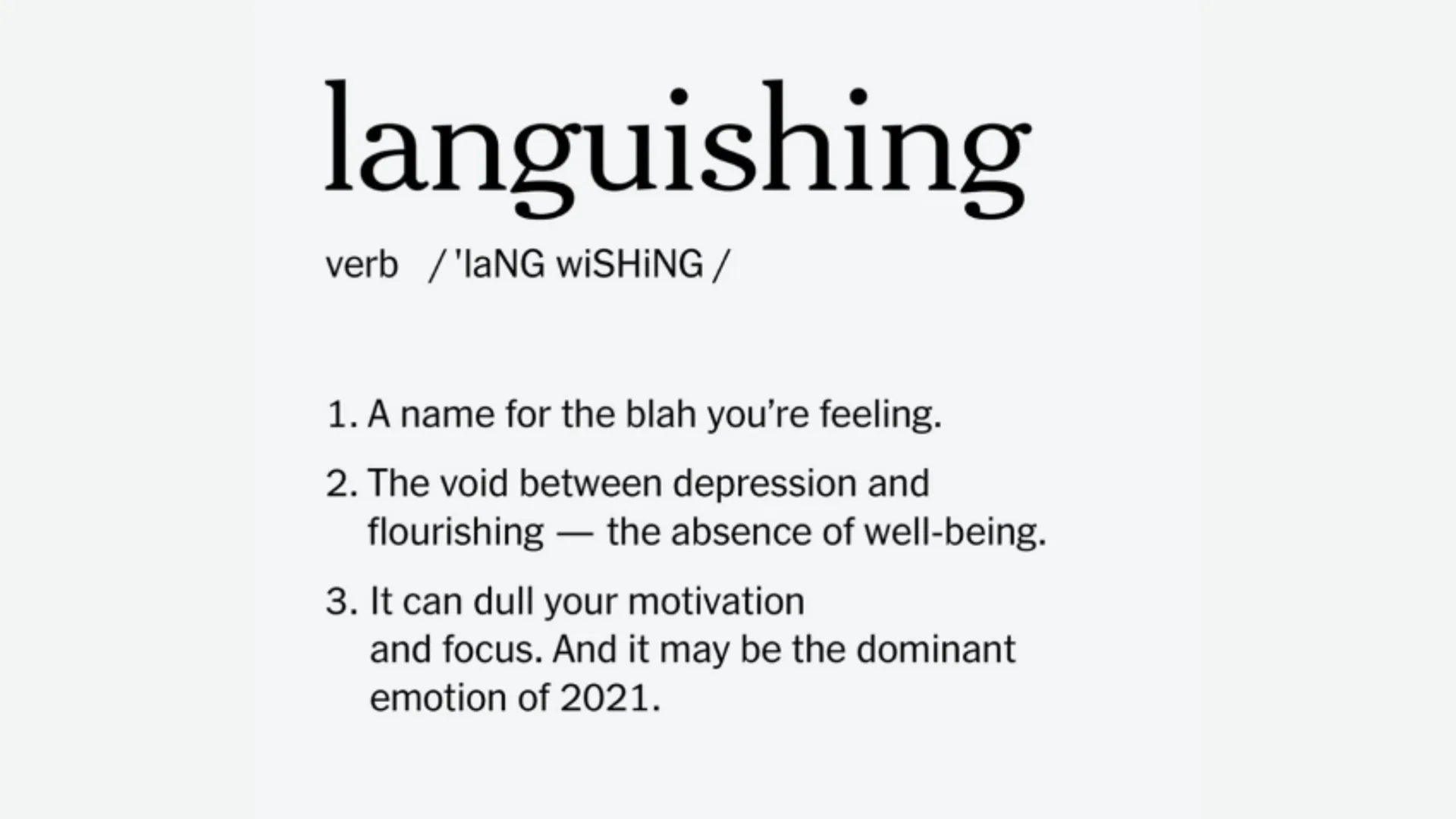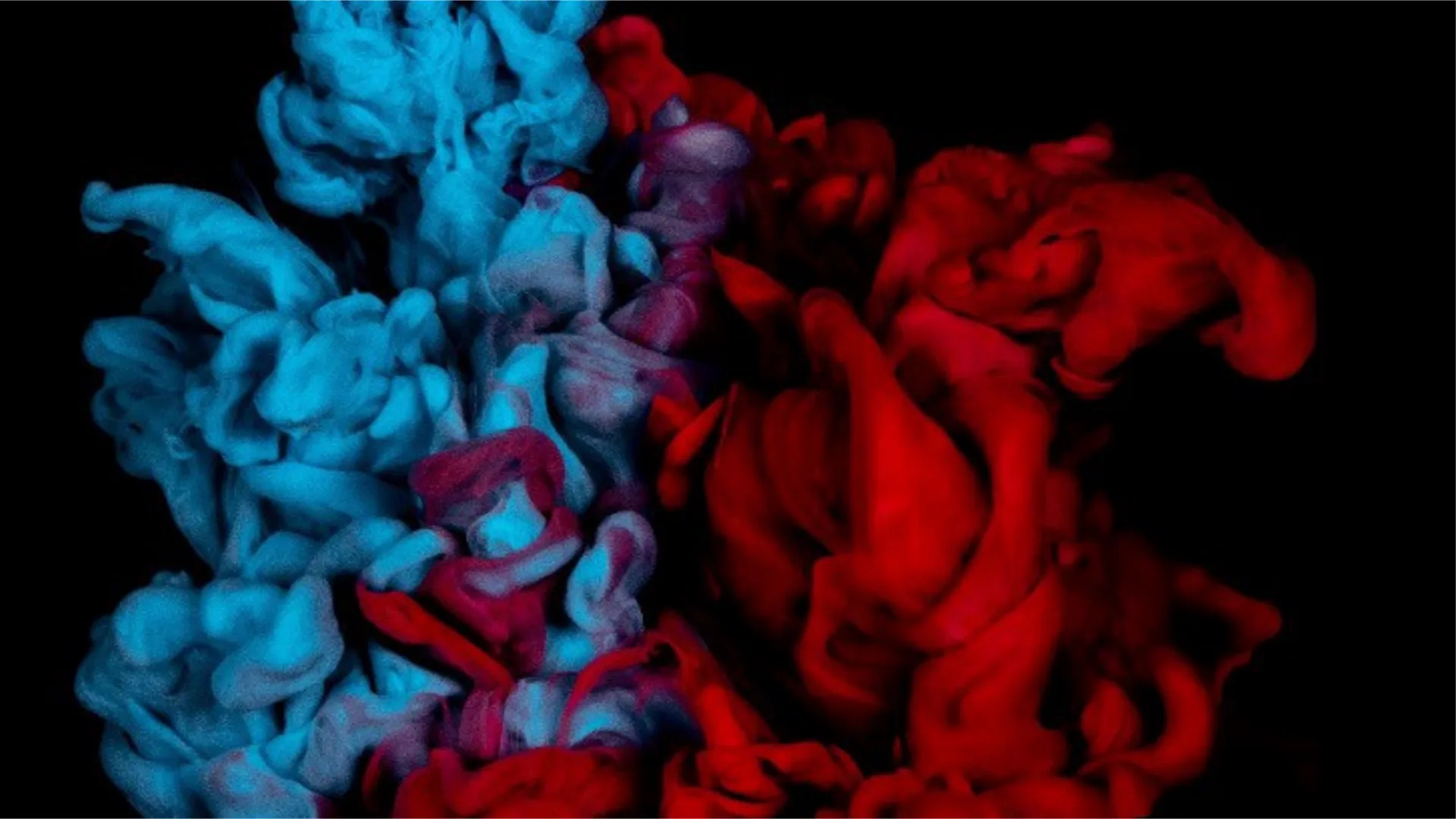
HOW TO
May 9, 2020
AIR-BASED PROTEIN
May 13, 2020A story by Isabeau van Maastricht
American art critiques Jerry Saltz believes that nothing — not even a global pandemic — can stop human creativity. Saltz believes that creativity is crucial to survival: Our species has endured because we’ve found new ways to deal with changing situations. “Viruses come, viruses go. Art will be here on the other side,” he said. It won’t “disappear until all the problems it was invented to address have been addressed.” Given the state of the world today, it’s difficult to see that happening any time soon, but art is helping everyone alive to get through this. And through everything”.
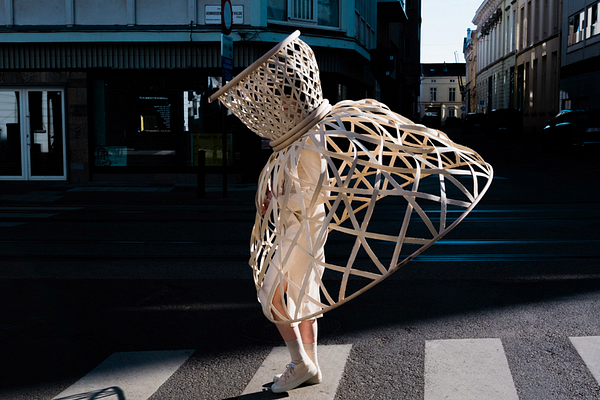
We can see this creativity during the corona pandemic in the work of artists all around the globe. One that, what personally amazed me was the work by research and design platform Livable. They created an art piece that visualizes social distancing. They created a rattan frame that is worn over the head and body to increase awareness of the need for social distancing during the pandemic. Livable said: “We designed this hourglass-shaped product in response to the coronavirus outbreak, the Well-Distance-Being highlights the need for members of the public to keep their distance from each other in order to slow the spread of the virus”.
Livable founder Sep Verboom added: “Physical distance is not being cold or distant; mentally it is about being warm and present for those who need it the most. If you do need to get out in the physical world, keep your distance and connect with positive vibrations surrounding you,” he continued. “The risk of infecting others is not the way to help. We are communicating a critical health message in return for a smile in times where the importance of a healthy mind is more important than ever”.
They created this art piece for the ‘United Nations’ Global Call Out To Creatives Initiatives’. This organization asked artists to translate critical public health messages, just like personal hygiene, physical distancing, and kindness contagion, into work that will engage and inform people across different cultures, languages, communities, and platforms. This train of thought was adopted by people all around the world.
One of the most fascinating initiatives that emerged out of this train of thought is the one where people imitating famous paintings with objects and attributes from their own house. Many musea, including the Getty Museum in California and the Rijksmuseum in Amsterdam, all around the world also hopped on this train and asked people to re-create paintings from that specific museum at home. Re-created art or making new art with keeping the critical public health message in mind becomes a welcome distraction and, in some cases a source of humor for audiences and creators alike.
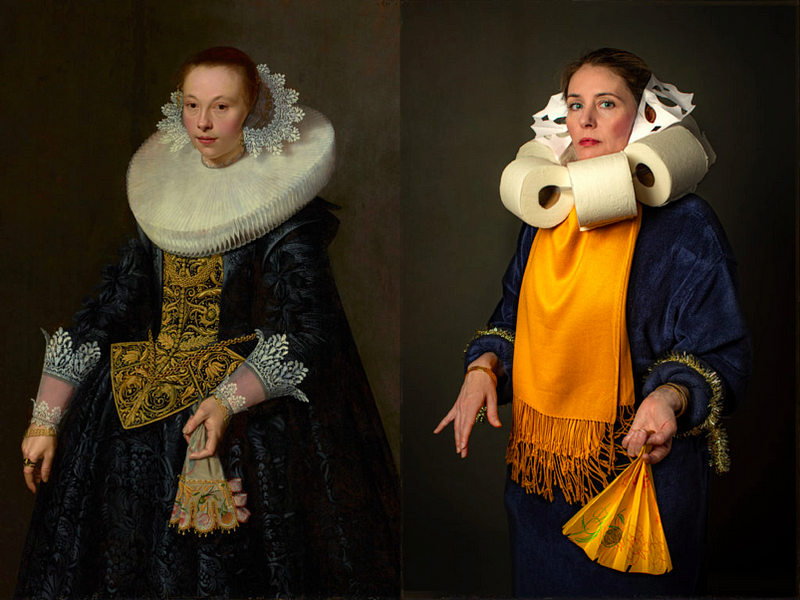
Chiara Grilli, a teacher at the Università di Bari in Macerata, Italy was one of the first to start to re-create paintings and started social media pages under the name ‘Quarantinart’. She says: “The human drive to engage with culture hasn’t diminished, but with cultural institutions closed globally, that desire is manifesting in an alternative way. “People all over the world are going back to art. It must mean something,” Grilli said. “Of course, it is a way to fight boredom but it also helps you to connect, to express your discomfort. In a sense, it’s as if art is feeding you.”
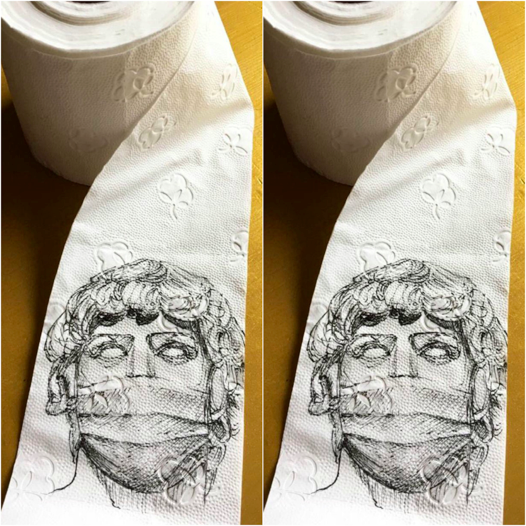
Other initiatives that emerged out of the train of thought on how to translate critical public health messages into work that will engage and inform people across different cultures, are the ‘window exhibition’ from Metropolitan Museum Tilburg in The Netherlands. Together with twenty local artist, initiator Sjon Brands created a window exhibition with the main focus being the corona pandemic. Brands says he thinks it is important to bring art to the people, especially in times like this. One artist whose art is exposed at the window exhibition is Abd Alkader Abd Alwahed. He created an art piece called ‘Corona Effect’, which focussed on the hysteria around toilet paper. He uses toilet paper as his background for this drawing, so you will always immediately think about the corona pandemic if you see this piece of art.
This initiative is also very interesting if you look at the window part of the window exhibition. When you go grocery shopping or are watching a talkshow on tv, you see people separated by plastic or glass. In this exhibition the art and the human are separated through glass. This is a factor that really is representative for this moment in time.
Globally connected through creativity
This is interesting for the society of today because we live in a world right now where everybody needs to stay at home and the social distance society (or in Dutch ‘de anderhalve meter maatschappij) is a thing. But at this time where we all are more than ever before disconnected from each other, we find a way to stay in touch with each other. We stay globally connected through art and creativity.
Sociologist Tom R. Burns wrote a whole paper called ‘sociology of creativity’ which focusses on society and creativity. He argues that “creativity is a universal activity, essential in an evolutionary perspective, to adaptation and sustainability. It can be consistently and systematically considered to a great extent as social, cultural, institutional, and material rather than largely psychological or biological.” It is amazing that in a time like this, which by many county leaders is called ‘the biggest global crisis outside of war’, people all around the world fall back so much on this universal activity.
Why is this interesting if we look at the future?
As American art critiques Jerry Saltz already mentioned, “Viruses come, viruses go. Art will be here on the other side,” he said. It won’t “disappear until all the problems it was invented to address have been addressed.” Given the state of the world today, it’s difficult to see that happening any time soon, but art is helping everyone alive get through this”. And that really is, what it is. We don’t know what is going the happen with the Covid-19 virus in the (near) future. What we cán say about the future is that developing creativity and creating art to translate critical public health messages into work that will engage, inform, but above all connect people across different cultures, languages, communities, and platforms can improve the quality of life. Creative outlets can give meaning, improve the outlook on life, and can lead to a new definition of life. So, I’m going to say; pick up your paintbrushes, make a bracelet using your favourite beads or re-create a painting and do a photoshoot! Let’s be creative, stay positive, and stay healthy!
Bibliography
Artsy. (2020, April 7). Artsy; jerry Saltz Art Guide Crises. Retrieved April 27, 2020, from https://www.artsy.net/article/artsy-editorial-jerry-saltz-art-guide-crises?fbclid=IwAR0d0GxEANZ-KTIILTUTjgxfd3WajJg4XvN8iRB_3i-KoZPJDspYeOLeB9E
Burns, T. R., & Machado, N. (2014). The Sociology of Creativity: A Sociological Systems Framework to Identify and Explain Social Mechanisms of Creativity and Innovative Developments. CIES E-Working Paper N.o 196/2014. Retrieved from http://biblioteca.clacso.edu.ar/Portugal/cies-iul/20161228025913/pdf_1378.pdf
Dezeen. (2020, April 22). Livable’s Well-Distance-Being project encourages social distancing with wearable rattan cages. Retrieved April 27, 2020, from https://www.dezeen.com/2020/04/22/livable-well-distance-being-covid-19/
The Joint. (n.d.). Developing Creativity Can Improve Quality of Life. Retrieved April 27, 2020, from https://www.thejoint.com/georgia/newnan/newnan-04030/212508-developing-creativity-can-improve-quality-life
Time. (2020, April 10). How People Imitating Masterful Paintings Launched a Sweeping Trend From Italy to Iceland. Retrieved April 27, 2020, from https://time.com/5817117/coronavirus-art-history/
United Nations Global. (n.d.). United Nations Global Call Out To Creatives — help stop the spread of COVID-19. Retrieved April 27, 2020, from https://www.talenthouse.com/i/united-nations-global-call-out-to-creatives-help-stop-the-spread-of-covid-19
This is a story of the Futurists Club
by Science of the Time
Written by: Isabeau van Maastricht
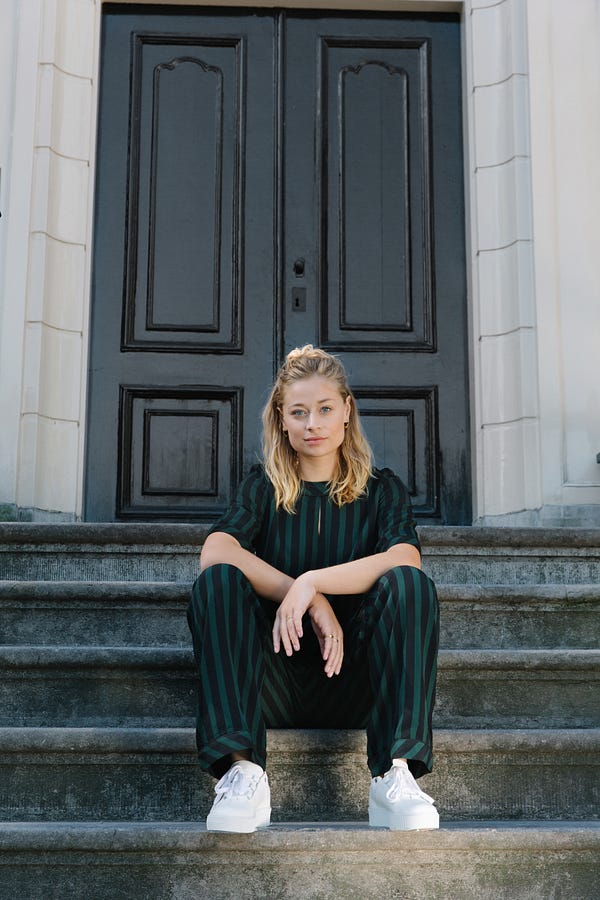
Isabeau graduated cum laude from her bachelor degree in Trend Research and Concept Creation in Lifestyle. Her thesis about the multicultural urban society and cultural textile got awarded with the public choice award from people from the working field in The Netherlands. During her bachelor, Isabeau did her internship at Trend Union, the trend forecast agency of Lidewij Edelkoort in Paris. Currently, she is doing a master in Cultural Sociology at the University of Amsterdam.


